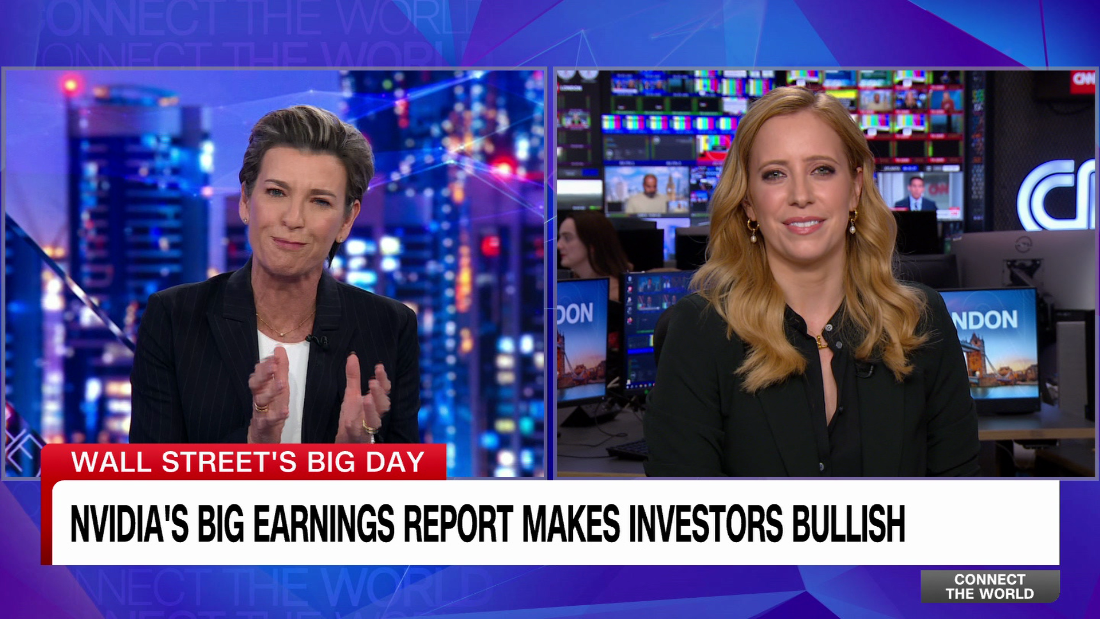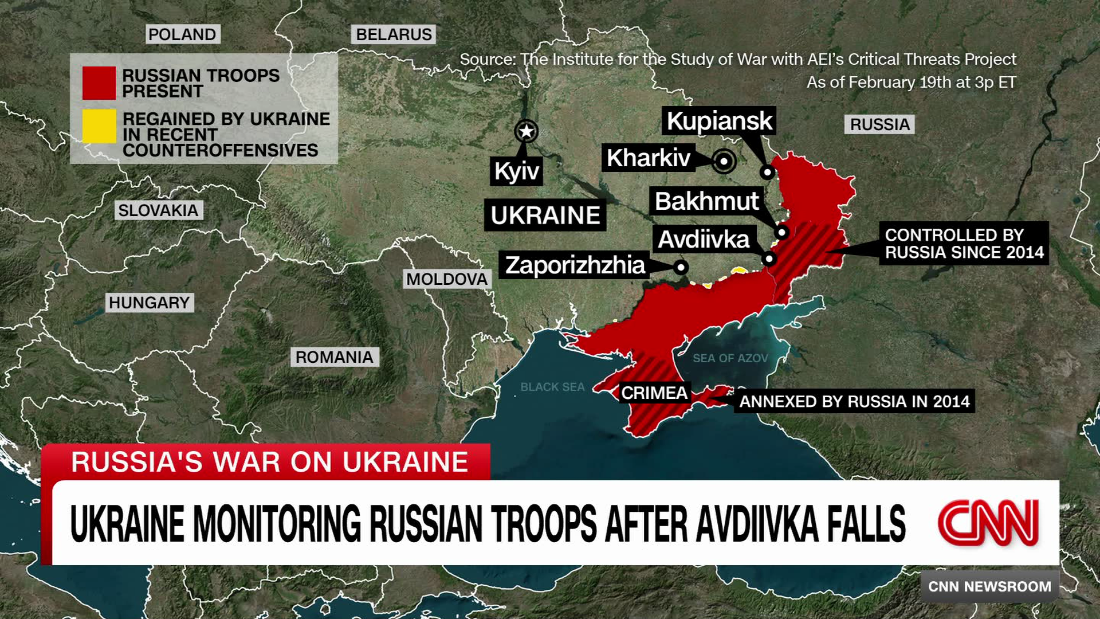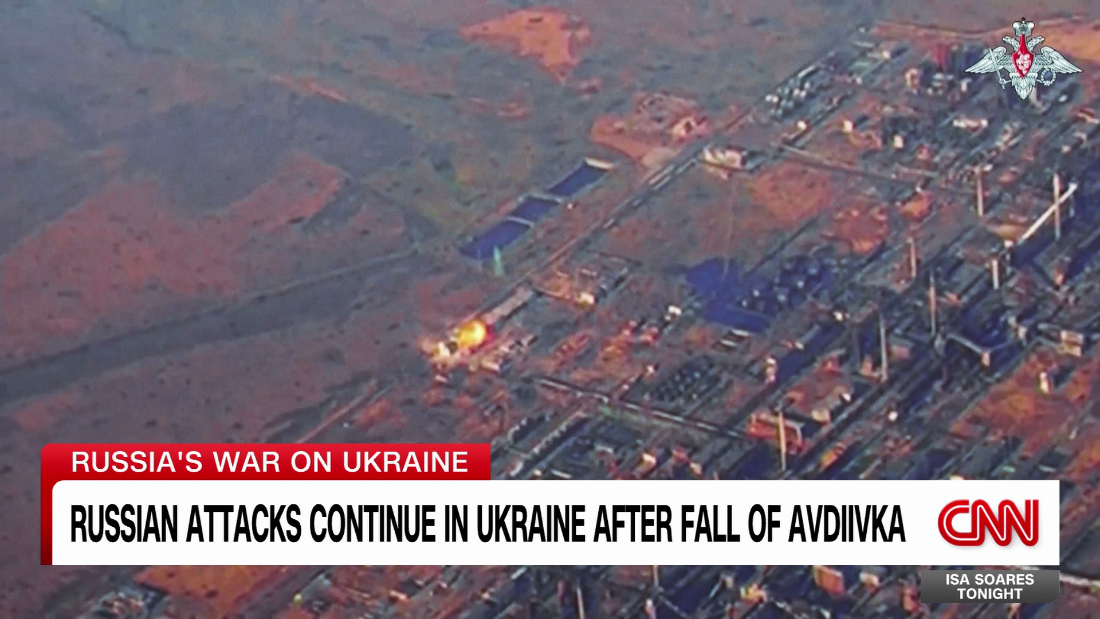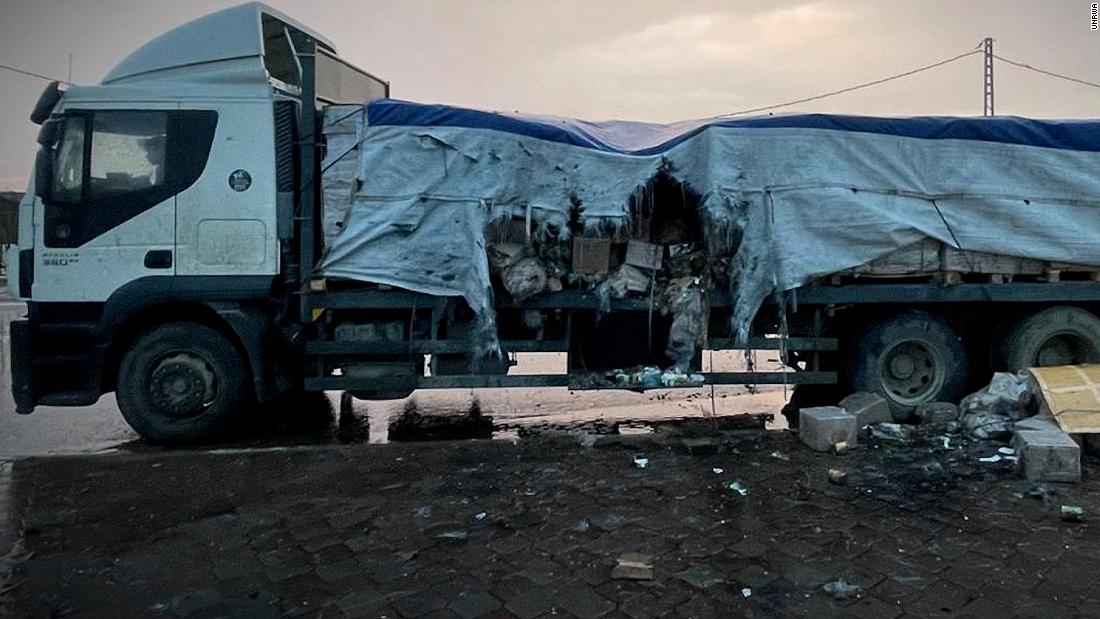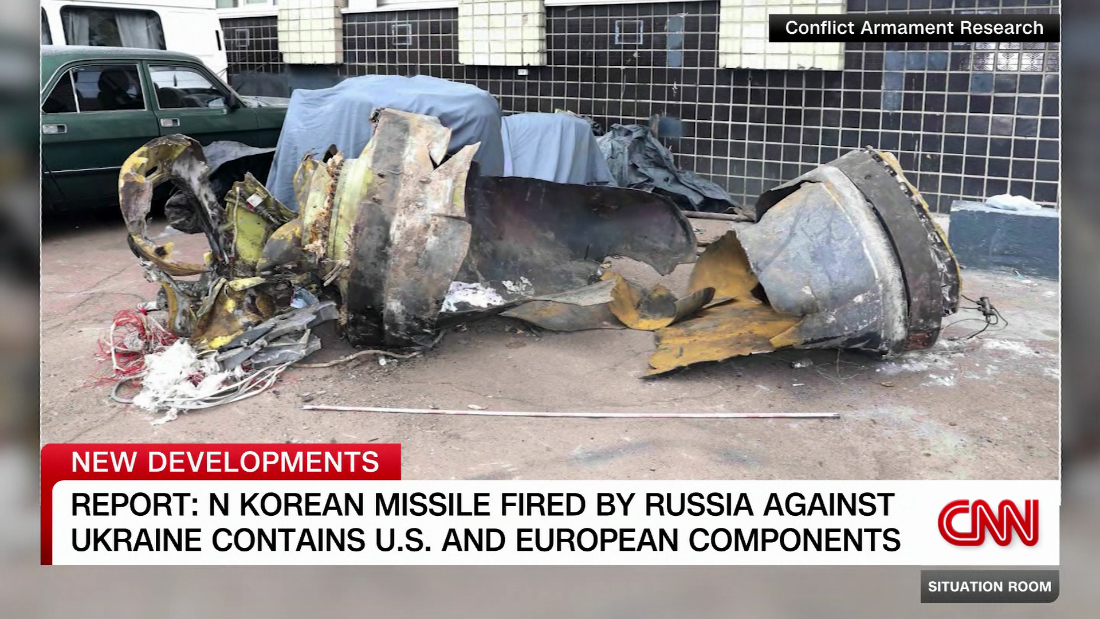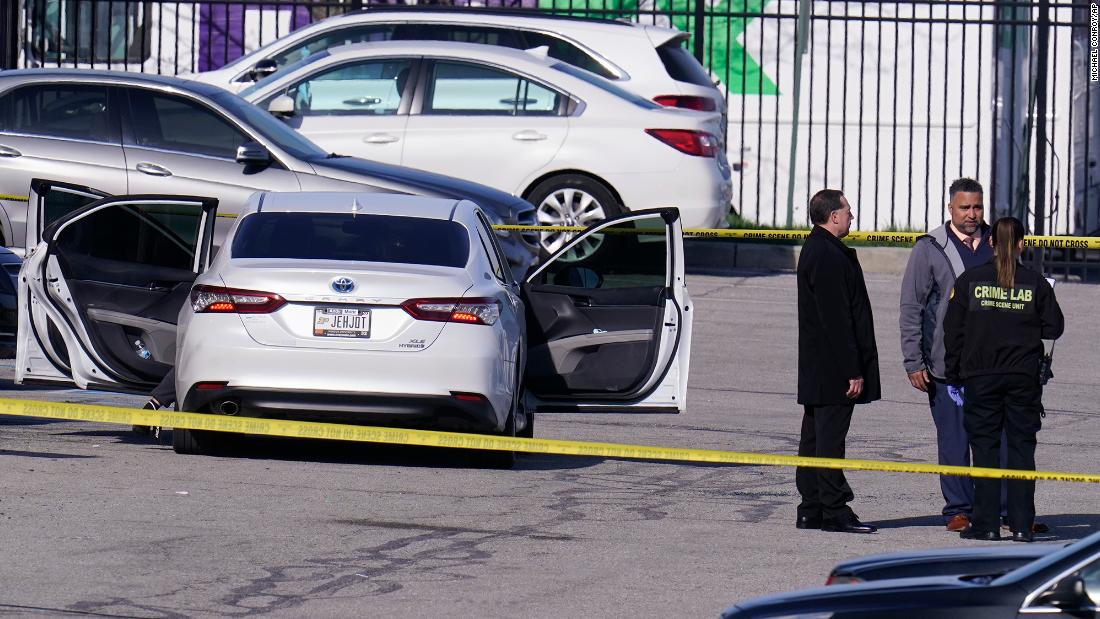BRITAIN would get blitzed with long-range drones, ballistic and cruise missiles if it had to fight a war this year.
A landmark Strategic Defence Review set out five “methods of attack” the UK should expect if it was forced into state-on-state conflict.
AlamyThe test firing of an ICBM belonging to Russia’s nuclear deterrence forces[/caption]
A drone is seen during a Russian aerial strike in KyivReuters
GettyEverything from oil rigs and subsea cables to satellites and merchant ships would also face cyber attacks[/caption]
PAKeir Starmer warned that ‘a step change in the threats we face demands a step-change in British defence to meet them’[/caption]
These five methods are:
Attacks on the armed forces in the UK and on overseas bases
Air and missile attacks from long range drones, cruise and ballistic missiles targeting military infrastructure and vital national infrastructure
Increased cyber attacks
Attempts to disrupt the UK economy – especially the industry that supports the armed forces – through cyber attacks, intercepting shipping trade and attacks on space-based infrastructure
Efforts to manipulate information and undermine social cohesion and political will
Bases, ports and airfields in Britain and around the world be the first to get bombarded.
And everything from oil rigs and subsea cables to satellites and merchant ships would also face cyber attacks and sabotage.
The dossier warned: “Based on the current way of war, if the UK were to fight a state-on-state war as part of Nato in 2025, it could expect to be subject to some or all of the following methods of attack:
“Attacks on the armed forces in the UK and overseas bases.”
Major bases would include the Navy’s three main ports at Portsmouth, Plymouth and Clyde as well as outposts around the world, such as the Diego Garcia base in the Indian Ocean and RAF Akoritiri in Cyprus.
The report also warned of: “Air and missile attack from long-rage drones, cruise and ballistic missiles, targeting military infrastructure and critical national infrastructure in the UK.”
The UK has no land based missile defence systems and relies on its six Royal Navy destroyers to intercept ballistic or hypersonic missile which Russia has used to blitz Ukraine.
Strategic Defence Review: Five Key Defence Pledges
Up to 12 new nuclear-powered submarines to be built under the Aukust pact
£15bn investment in the UK’s nuclear warhead programme to maintain and modernise the deterrent
New Cyber Command to be established, with £1 billion invested in digital warfare capabilities
Up to 7,000 UK-built long-range weapons to be purchased, supporting 800 defence jobs
More than £1.5bn in extra funding to repair and renew armed forces housing
But the government has pledged to invest £1bn in a new Iron Dome-style defence system to “protect the homeland”.
Other attacks in an all out war would include “increased sabotage and cyber-attacks affecting on and offshore critical national infrastructure.”
APA Russian Air Force jet carries a high-precision hypersonic aero-ballistic missile[/caption]
GettyAir and missile attack from long-rage drones are also a risk[/caption]
AlamyDevonport Royal Navy maintenance depot at HMS Drake, Plymouth[/caption]
PAHMS Vanguard, Britain’s first Trident submarine, enters its base on the River Clyde, Scotland[/caption]
The report warns Britain is already “under daily attack” in the so-called grey zone, which includes cyber hacks and sabotage “beneath the threshold of war”.
It also warned the citizens to expect “attempts to disrupt the UK economy, especially the industry that supports the armed forces, including through cyber attack, the interdiction of maritime trade, and attacks on space-based critical national infrastructure”.
Finally, it warned the UK would face a massive propaganda blitz designed “to manipulate information and undermine social cohesion and political will.”
The review sets out plans to grow the Army, renew Britain’s nukes and recruit up to 250,000 cadets to get the country ready for “whole of society approach” to defence and resilience.
Prime Minister Sir Keir Starmer warned that, “a step change in the threats we face demands a step-change in British defence to meet them”.
He added: “We need to see the biggest shift in mindset in my lifetime to put security and defence front and centre – to make it the fundamental organising principle of government.”
Vital War Chest
AFTER years of Whitehall deciding that defending the nation didn’t matter, the Government is right to now increase spending as part of today’s Strategic Defence Review.
Given massive global uncertainty, the UK should be on a war footing.
Yet there are concerns that the review doesn’t go far enough.
There is still doubt over whether or when Labour will spend three per cent of GDP on defence.
Planned submarines and weapons factories are also still decades away.
Then there’s Britain’s appalling record on procurement which has wasted
billions on dud kit.
There is still a great deal more for this Government to do.
EPARussian President Vladimir Putin in Moscow, Russia, 2024[/caption]
Neil HopeBases, ports and airfields in Britain and around the world be the first to get bombarded[/caption]
AlamyA Yars intercontinental ballistic missile is test-fired as part of Russia’s nuclear drills[/caption] Published: [#item_custom_pubDate]












